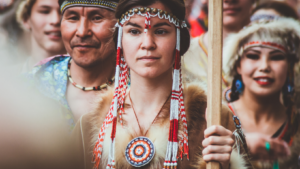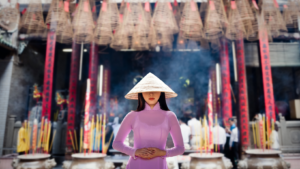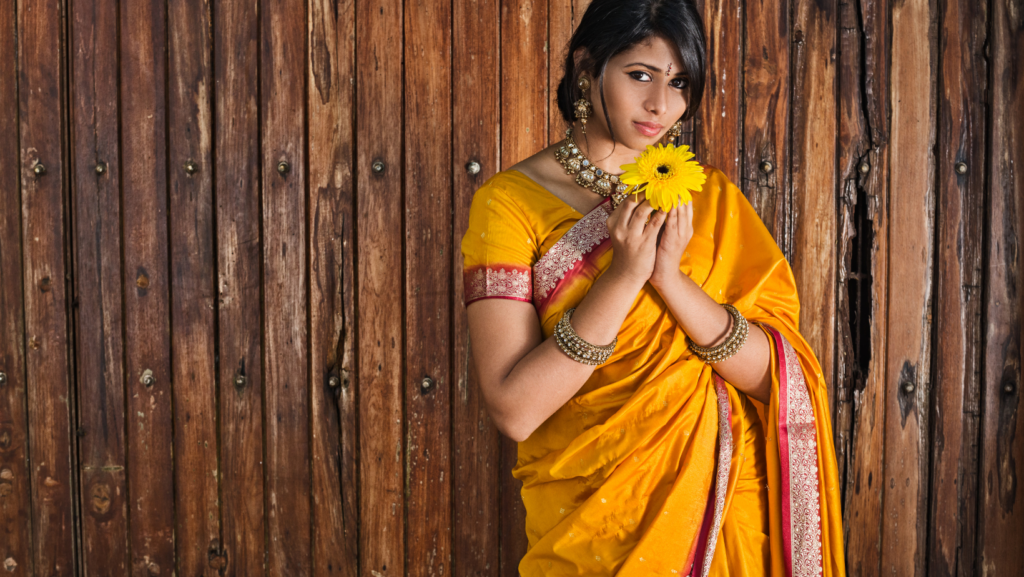Beauty, it’s often said, is in the eye of the beholder. But what shapes our perceptions of what’s beautiful? It’s not just personal preference. Cultural factors play a significant role in molding our ideas of beauty.
From ancient civilizations to modern societies, beauty standards have always been intertwined with culture. Whether it’s the influence of media, societal norms, or historical traditions, culture shapes our beauty ideals in profound ways.
In this article, we’ll delve into what cultural factors influence perceptions of beauty. We’ll explore how these factors vary across different cultures and how they’ve evolved over time. It’s a fascinating journey that reveals as much about our societies as it does about our individual tastes.
What Cultural Factors Influence Perceptions of Beauty

Culture profoundly influences perceptions of beauty, guiding ideals and standards that dictate what’s considered beautiful. Two major elements to explore include cultural beliefs and their impact on beauty standards, and the varying definitions of beauty across different cultures.
To know what cultural factors influence perceptions of beauty taking a critical look at the East Asian cultures. With a historical preference for paleness, it’s tied to the socio-economic aspect of not having to work outdoors – a sign of affluence. Data from the World Health Organization shows that skin lightening products command almost 40% of the Asian beauty market, illustrating how deeply embedded these beliefs are. Similarly, certain African cultures equate plumpness with beauty, signifying prosperity and health – contrasting with Western societies that often promote thinness as the epitome of beauty.
Cultural Factors Shaping Beauty Ideals
Navigating through the intricacies of cultural factors, one realizes it’s the cornerstone shaping beauty ideals. Let’s delve into the rapport between media and pop culture with beauty standards.
The Role of Media in Disseminating Cultural Beauty Standards

Media serves as the primary engine propelling cultural beauty norms. It dictates beauty ideals, marrying them with corresponding cultural factors. Consider the frequency of porcelain skin and petite figures in East Asian advertisements, perpetuating the local preference for paleness and thinness. Contrarily, Western media radiates a different set of standards, showcasing tall, lean figures with an athletic build as the optimal physique.
In various African cultures, media platforms depict fuller body images as attractive, correlating with their conventional belief of plumpness symbolizing prosperity. Thus, media, as a cultural link, disseminate beauty norms, reinforcing them within the society.
Impact of Pop Culture on Beauty Standards
Discerning the close ties between pop culture and beauty standards, it becomes evident that pop culture significantly tailors beauty ideals. The South Korean devotion to youthful aesthetics can be traced back to their pop idols showcasing bright skin and large, innocent eyes, reflecting the national veneration for youthfulness. Pop culture, exemplified through K-Pop, bolsters this beauty standard, entrenching it further in the society.
In Western societies, reality TV icons and pop stars significantly mold beauty perceptions. Their aesthetic choices, from gym-honed bodies to prominent lips, become part of the trending beauty dialogue, influencing the follower base simultaneously. Hence, pop culture steers the beauty standards ship, setting cultural destinies.
A Global Perspective of Beauty Perceptions

Delving deeper into what cultural factors influence perceptions of beauty, it’s essential to compare Western and Eastern cultures. This section details the complex, culturally-influenced norms that shape the paradigm of beauty across these regions significantly.
In Western societies, beauty often translates to attributes enveloping height, athleticism, and slim bodies. Notoriously recognized brands like Victoria’s Secret have historically embraced, and thus amplified, this model by endorsing tall, slim, athletic-looking women, cementing this as a symbol of attraction and beauty in the public eye. Hollywood, too, houses many performers like Angelina Jolie and Brad Pitt, who fit snugly into this paradigm.
Orienting towards the East, beauty perceptions revolve around different attributes. Aspects like porcelain skin, petite figures, youthful features, and an inclination towards cosmetic surgery (South Korea) dominate the narrative. Indeed, South Korea houses one of the world’s highest rates of cosmetic surgery per capita, depicting the ingrained societal perception of beauty.

